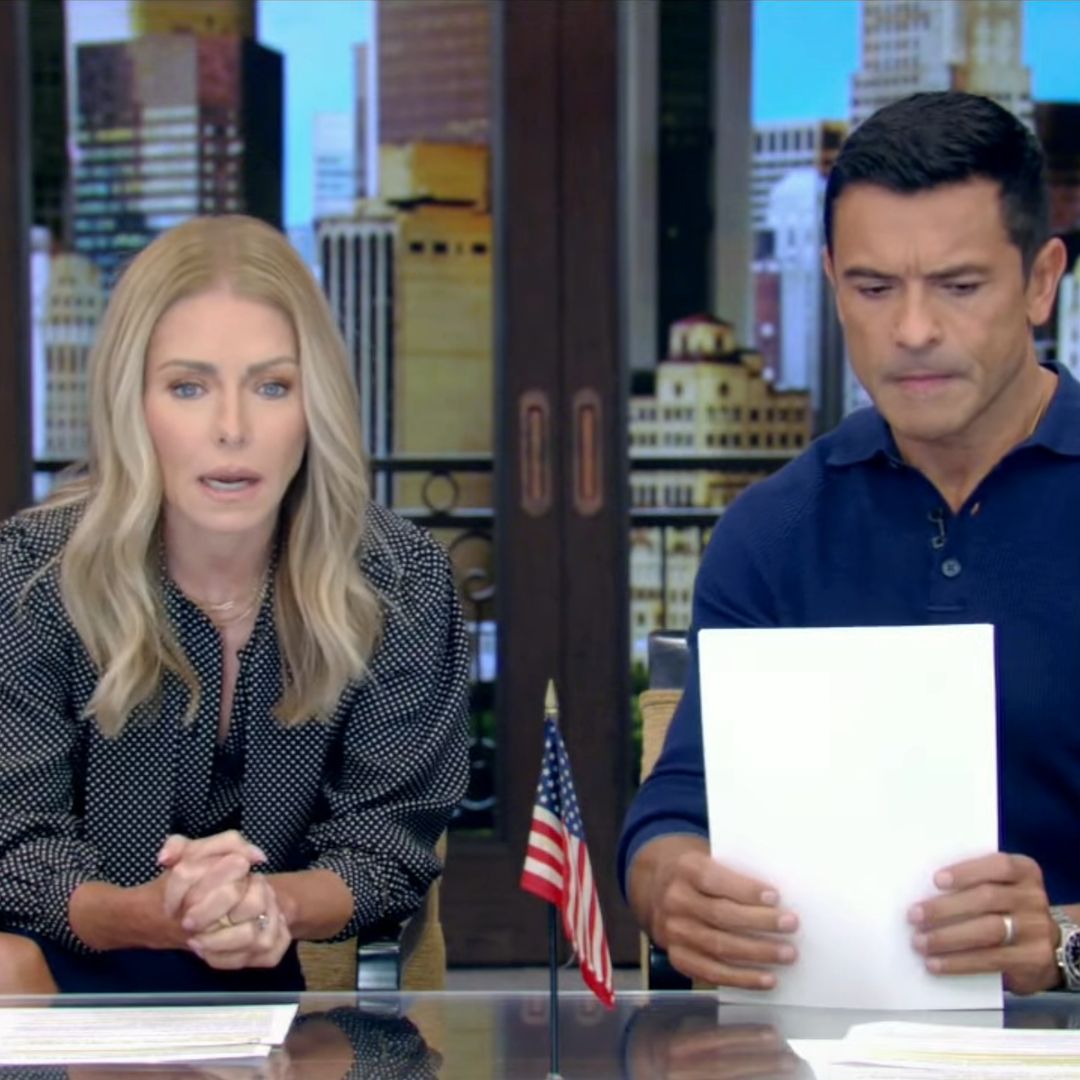As previously reported, Sinéad O'Connor tragically passed away aged 56 on July 26, her family confirmed in a statement which read: "It is with great sadness that we announce the passing of our beloved Sinéad. Her family and friends are devastated and have requested privacy at this very difficult time."
Born Sinéad Marie Bernadette O'Connor (she later took on the name Shuhada' Sadaqat after converting to Islam) the late singer was born in Dublin in 1966, and her breakthrough moment is considered her cover of Prince's 1990 hit song "Nothing Compares 2 U," which she featured in her universally acclaimed second album, I Do Not Want What I Haven't Got.
Along with her absolutely gut-wrenching rendition of the classic ballad, synonymous with her image was her shaved head as well as her political stances and dissents, which included boycotting the 1991 Grammys (she won for best alternative music performance) over the show's "excessive commercialism," threatening to cancel a performance in New Jersey if "The Star-Spangled Banner" was played, and more.
However, none caused more uproar – or damaged her career – than her 1992 appearance on Saturday Night Live, which resulted in her ban from the hallowed NBC sketch comedy show.
The singer had just concluded singing an acapella performance of Bob Marley's 1976 song "War," when she held up a photo of then Pope John Paul II, ripped it up to pieces, and said: "Fight the real enemy."
MORE: Tony Bennett's wife Susan Benedetto opens up about their 'blessed' relationship
The move was an effort to shed light on the rampant sexual abuse throughout the Roman Catholic Church, evidence of which has been continuously exposed in the decades since Sinéad's once-shocking act; in 2001, the late John Paul himself apologized for the sexual abuse of children by priests and systemic cover-ups by the Church.
Sinéad also explained that the photo had belonged to her mother, Johanna Marie O'Grady, who she previously said was deeply religious and both emotionally and physically abused her growing up. She died in a car crash when Sinéad was 18.
MORE: BBC News presenter George Alagiah dies aged 67
MORE: Days of Our Lives star Nick Benedict's cause of death revealed
"It was a way of ripping her up, as well, I guess," she told the Today Show in 2021, during which she also revealed: "I suffer from a condition called complex post-traumatic stress disorder, from things that I went through growing up."
"Sinéad O'Connor was never meant to be a pop star," she said at the time, adding: "I was really a protest singer, you know?"
She recalled: "It was a blessing because I had to make my living doing the thing I loved doing, which is making music live."
In a New York Times interview the same year, recalling the aftermath of the incident, she declared: "I'm not sorry I did it. It was brilliant," though she admitted: "But it was very traumatizing… It was open season on treating me like a crazy [expletive]," and noted: "It was a very lonesome, lonesome 10 years."
In the end, though she was seemingly unable to escape the mental turmoil she long struggled with, she was largely vindicated for her SNL protest years later.
She stood by her right to call out the Pope and the Catholic Church, telling the Today Show: "Not because I was famous or anything, but because I was a human being, I had a right to put my hand up and say what I felt."
"Ten years after the pope ripping episode, you all then found out in America that this was going on," she said, adding: "We always say Americans, they think nothing happened until they found out about it."












